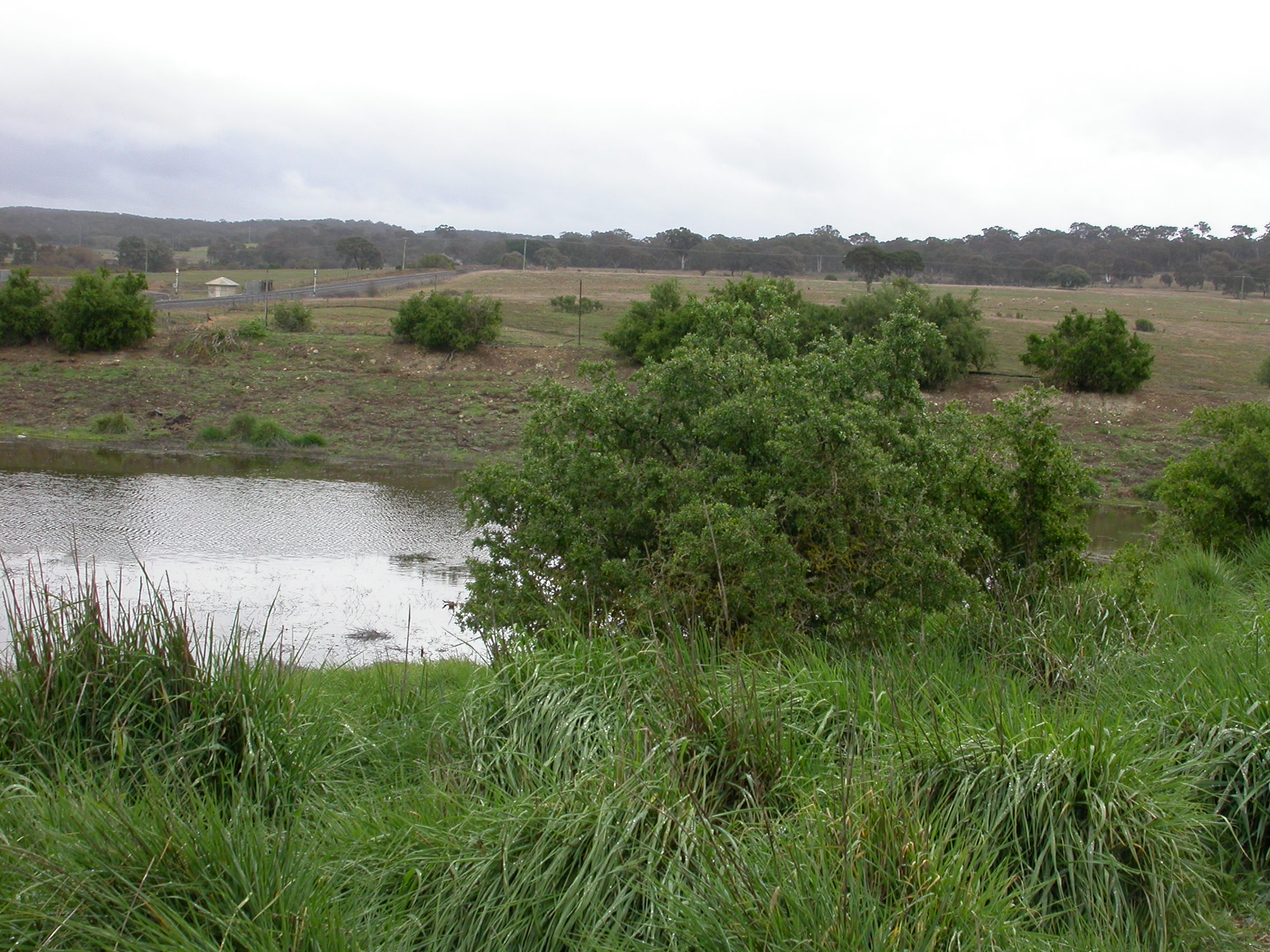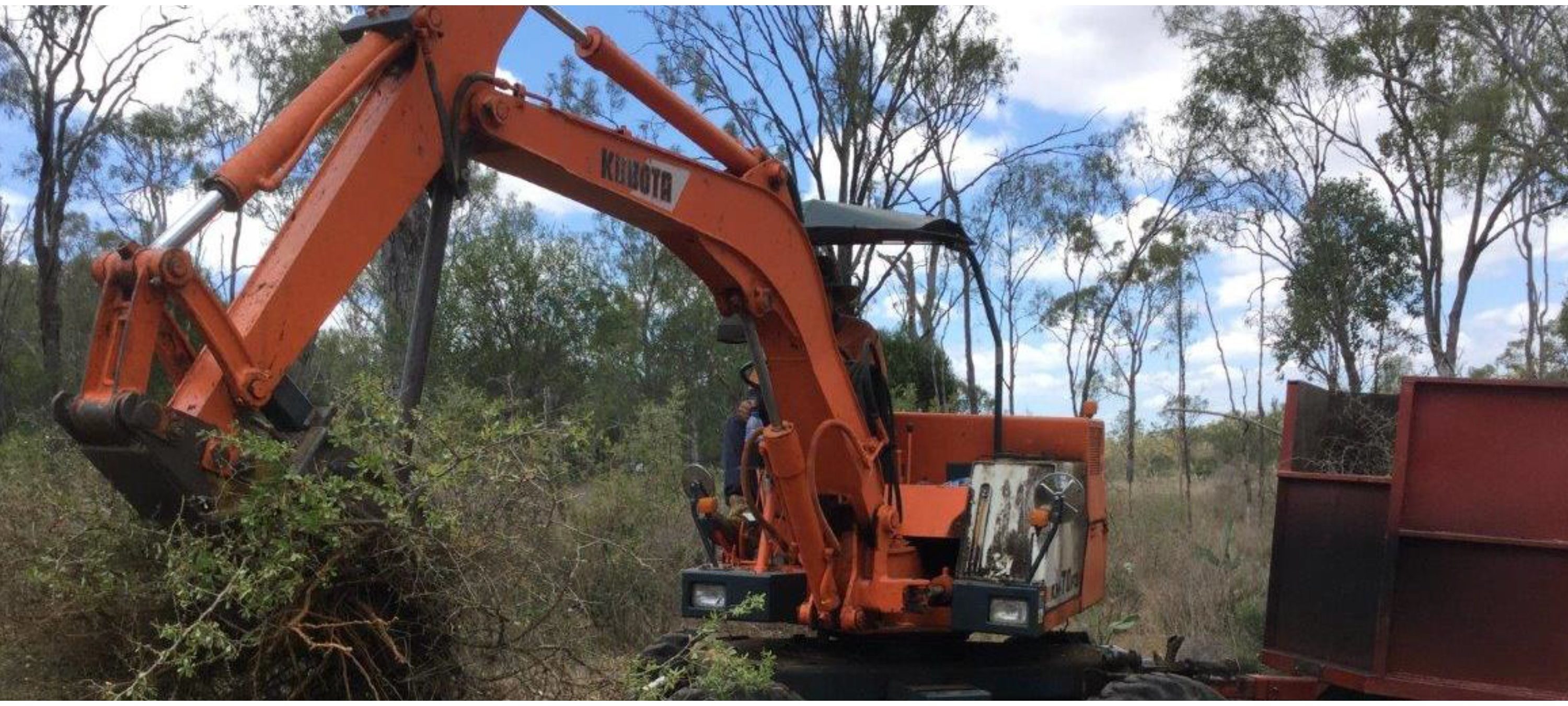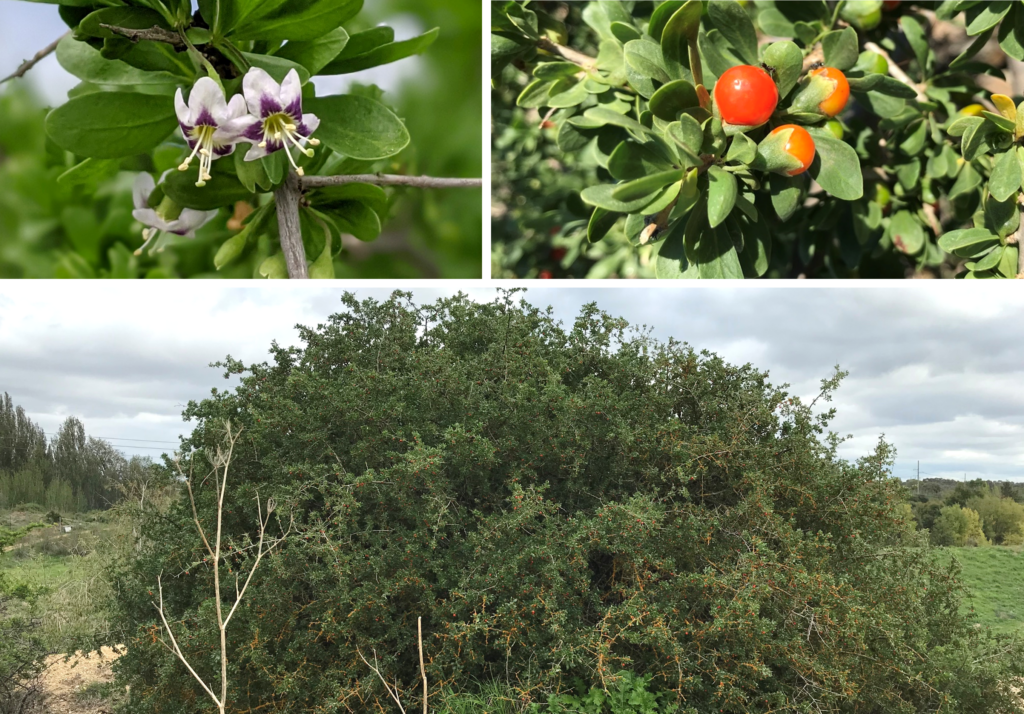Background
What is the weed problem?
African Boxthorn is a widespread and significant environmental and agricultural weed in regional Australia, and a Weed of National Significance (WoNS). Infestations are considered a major problem as the weed invades pastures, roadsides and reserves; displacing native vegetation, altering habitats and overrunning pastures and other areas. Dense stands are known to exclude most other species, impede stock movement and access to water, and harbour vermin (e.g. rabbits and starlings). It is also known to host a range of significant agricultural pests such as the Queensland fruit fly (Bactrocera tryoni).
African Boxthorn is widespread in coastal to semi-arid inland habitats, often occurring close to permanent or seasonal water sources. It is widespread in New South Wales, South Australia, Tasmania and Victoria, with restricted distributions in Queensland and Western Australia, and extremely restricted distributions in the Northern Territory.

Infestation of African boxthorn in a pasture in NSW.
How is the weed currently managed?
Control of African boxthorn infestations is difficult due to the presence of the weed across a range of landscapes, its role as important habitat in degraded sites, and destructive management techniques which are potentially unsuitable in culturally and ecologically valuable sites without careful planning. Conventional physical and chemical control measures are therefore considered inadequate to manage the threat from African Boxthorn, particularly on such broad scales, in regional settings where infestations may be difficult to access, and in sensitive natural environments.
For more details on the management of African boxthorn see:
African boxthorn – National best practice manual

Mechanical removal of African boxthorn (source: South Myall Landcare).
What can biocontrol offer to the weed’s management?
Biological control offers promise as a control method because it is non-destructive, cost effective and sustainable, with little chance of off-target damage, particularly suitable in culturally and ecologically sensitive areas. Few organisms are associated with African boxthorn in Australia, indicating it may have been “released” from natural enemies, which may hold promise to control the weed in the future. The relative taxonomic isolation of African Boxthorn in Australia, together with its negative impact profile, makes the species a suitable target for biological control.
A successful classical biological control program for African boxthorn would reduce the density of tickets, through defoliation of established bushes and/or reduction of new recruitment from seed. This could reduce the impact of the weed on associated vegetation and the need/frequency of other weed management tactics.

Flowering African boxthorn and fruit produced
